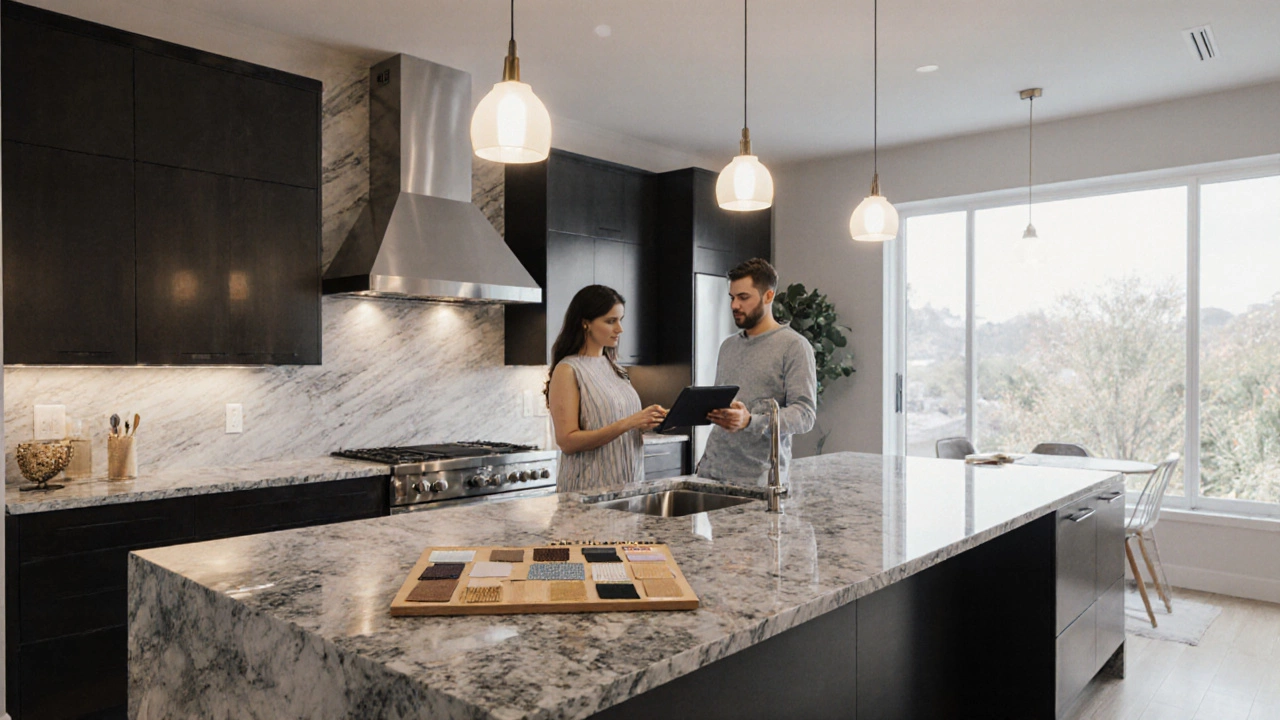Cabinet Cost: What Drives the Price of Kitchen Cabinets
When talking about cabinet cost, the total amount you pay for kitchen cabinets, including materials, labor, and finishes. Also known as cabinet pricing, it can make or break a renovation budget.
One of the biggest companions to cabinet cost is the kitchen remodel budget, the overall financial plan for updating a kitchen, covering appliances, countertops, and labor. A realistic budget usually allocates 30‑35% of total funds to cabinets, so understanding that slice helps prevent surprise overruns.
Key Factors that Influence Cabinet Cost
The next piece of the puzzle is kitchen fitting, the installation process that turns flat packs or custom units into functional storage. Installation fees can range from 10% to 20% of the cabinet price, depending on complexity and local labor rates.
Material choice is a major driver. Solid wood, MDF, laminate, and metal each bring different price tags and performance. Solid hardwoods like oak or cherry may cost $200‑$400 per linear foot, while MDF with a veneer finish might sit around $100‑$150. The material you pick directly affects durability, appearance, and long‑term value.
Labor versus material split often surprises homeowners. On average, materials account for 60‑70% of the total cabinet cost, while labor makes up the rest. If you go custom, labor can creep higher because of detailed joinery and bespoke finishes.
Size and design complexity are also crucial. A simple straight‑line layout with standard door panels is cheaper than a kitchen with diagonal cabinets, glass fronts, or soft‑close mechanisms. Every extra hinge, drawer slide, or decorative molding adds $20‑$80 per unit.
Geography matters. Urban areas with high living costs tend to charge more for both materials and installation. In contrast, regional suppliers in less dense locations may offer better pricing, but shipping fees could offset those savings.
Customization and hardware choices can push the price up quickly. Pull‑out shelves, spice racks, and built‑in lighting are great features, yet each adds $50‑$150 per cabinet. Selecting premium knobs or handles instead of basic hardware can add another $2‑$5 per piece.
Financing options are worth a quick look. Many homeowners use home improvement loans or credit lines to spread cabinet cost over time. While interest rates vary, a 0% promotional period can make a big purchase more manageable without adding extra expense.
Putting all these factors together gives you a clear picture of what to expect when planning a kitchen remodel. Below you’ll find articles that break down budgeting tactics, material comparisons, and step‑by‑step guides to help you keep cabinet cost under control while still achieving the look you want.

